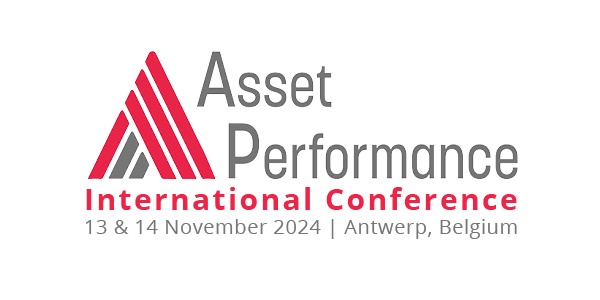What is the impact of measurement accuracy on plant performance?
Introduction
It is a common understanding in production facilities that assets must be properly maintained to maximize productivity. This is generally monitored through a well-known metric, Overall Equipment Effectiveness (OEE), where maintenance splits between reactive and preventive activities.
From a high-level, the main challenge for maintenance is to positively impact the and OEE by reducing downtimes as much as possible while still ensuring asset reliability. This means reducing the maintenance operation interactions to free up needed time for effective production. Simply said but can be difficult to achieve, as those two objectives contradict each other.

Even though the logic is well known, it remains a daily challenge; but is that all?
Unfortunately, not. Some might even say that this is the tip of the iceberg. This is because only an “asset perspective” is considered, ignoring the role of measuring devices. What is the impact of measurement accuracy on plant performance? An inaccurate measurement is often not visible at first glance and might not be the primary focus of the plant operator.
Measuring devices must benefit from the appropriate maintenance strategy, but they can also offer more possibilities thanks to the now available innovations, such as Endress+Hauser’s Heartbeat Technology functionality.
What is the impact of measurement accuracy on plant performance?
The accuracy of measurement devices has a direct impact on the decision process behind the measurement. Not only will an inaccurate measurement affect the process control as such, but it will also have a direct financial impact.
Let’s give an example of undetected inaccuracies. Consider a ship loading (24.000 m3) of product valued at 1.5 $/l. This equates to a cargo value of 36 Mio$. A measurement deviation of 0.25%, will cost either the purchaser or the seller 90 k$ per ship. Considering 300 ships per year the cost raises to 27 Mio$ which is far beyond the operational cost to perform periodic calibrations. This 27 Mio$ represents the actual cost of inaccuracies for that example, but it’s important to note that regulations allow for transactions a maximum measurement deviation of +/-0.5%, which leads to a financial exposure of 180 k$ per ship and 54 Mio$ per year!
But the worst comes with the challenge of undetected inaccuracies. The cost of inaccuracies is generally difficult to evaluate as the measurement error at the exact time of the measurement is unknown, but the financial exposure helps to quantify in terms of risk to which extent a company is exposed to financial losses due to measurement inaccuracies.
Simply said, the reason is that production facilities pay their bills and invoice what is sold. For instance, if 5% of extra energy has been consumed because of measurement inaccuracy, no one can spot it. This is “just” the margin that is gone.
Summary
This article highlights how much measurement devices can significantly impact a plant’s effectiveness through appropriate maintenance strategies, made possible thanks to advanced embedded technologies and state-of-the-art machine learning algorithms. The key message is that measurement inaccuracy leads to costs that are often hidden but real. Having measurement under control requires implementing changes, starting with a better understanding of the measuring device’s impact.
To make it happen it requires 3 major components:
- Technology
- Process
- People
The appropriate technology, such as Heartbeat Technology and related algorithms, IT infrastructure and field network to extract information from data. The right processes must be in place to transform information into effective actions. Finally, access to the required expertise and know-how to apply the outcomes of the technology and process is the key to success.
Together it allows:
- Increase in planned production time due to reduced duration of planned downtimes, such as deploying a predictive maintenance strategy or if condition-based maintenance reduces the number of operations required during the shutdown, thus reducing the time required
- Increase in the gross operating time due to significant less unplanned downtimes, i.e., failures are predicted or early detected and therefore are avoided due to predictive or condition-based approaches
- Increase the net operating time by reducing the time spent on potential root causes for the speed losses, i.e., the time required to investigate root cause is reduced, as measuring devices are permanently under control. Thanks to automated prescriptions this might even be enhanced further
- Increase in production time, as inaccuracies will be prevented, i.e., ensuring measurement performance by predictive or condition-based approaches guarantee production stability, avoiding waste or rework
